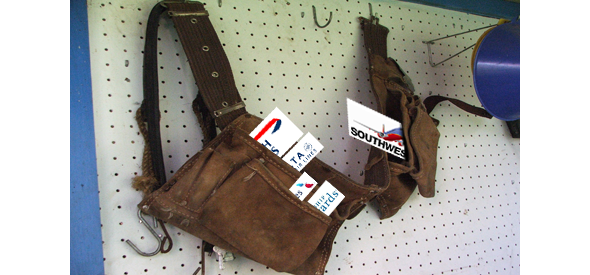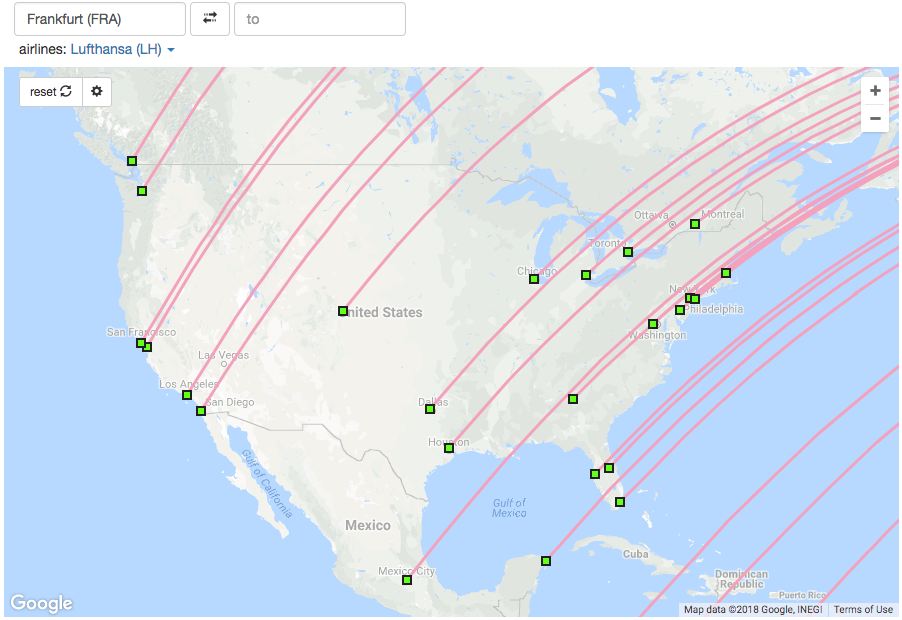Today I introduce a new Milenomics term: Your T-rate. It will be used in all calculations from here on out, and will be useful for all levels of travelers, 100-400.
What is a T-rate? In its simplest form T-rate is how you value an hour of your time. In investing there’s a term for this, “time value.” Similarly, in Milenomics we have our T-rate. It doesn’t have to be the amount you make at work. If you make $85 an hour at work you could set your T-rate at $85. But that would mean you treat everything like you treat work. If that’s true then go ahead and set it there. For calculations on this site I’ll be using my T-rate: $25/hr. Where does that number come from? Well it is the value I place on my time related to travel and miles. If I’m hitting a store for plastics I’ll factor into my CPM the time I took to buy the items. I’ve been stuck at a store for almost an hour once. When that happened all my profit from that Milenomics Mileage Run went out the window.
Milenomics places a value on time.
If you’ve never thought that your time should have a value you might be wondering how to come up with your T-Rate. I’ll ask a few questions to try to help you come up with one:
- If you had two options for a flight, all things equal, one getting you home at 1pm, and another at 5pm, what difference in cost would there have to be for you to take the flight getting in at 5pm? (Divide by 4)
- If an airline asked you to give up your seat on a flight, and told you the next flight is 12 hours later, what amount would they have to give you to make you happy? (Divide by 12).
- If you’re totally lost, start with a $10 T-Rate. In future calculations if that seems too low, raise it, if too high, lower it. You T-Rate will change, mine is slowly going up, after years of holding steady.
Tip: think more about the T-Rate as you travel, and try to pin down a value for your time.
For Milenomics travel the T-rate is very important. It was born from my flying paid tickets. We all know that Nonstop flights tend to be more expensive than 1, or even 2 stop flights. This would seem to be counter-intuitive. Fly more, pay less? It makes sense when you think that there might only be 1-2 nonstop flights but many connecting options. With flying you’re paying more for less time flying; in a way you’re buying time.
Your T-rate could be much lower than mine–even $0. Maybe you enjoy airports, enjoy checking out certain flights or aircraft. But I would like you to seriously consider a value above $0–you’re worth it 😀
A Special note: You’ll want to take the higher of your T-Rates when you’re traveling with someone else. I call this the “boss coefficient.” If you were flying alone you’d book a 1 stop if it was within your T-Rate–but if your boss asked you to book a ticket for her/him and yourself I’m pretty sure you’d book the nonstop 😉 I’m somewhat of an airplane enthusiast, with a $25 T-rate but my wife has a T-Rate of $50/hr. Whenever we both fly together, or if I ask her to go out of her way with me for a Milenomics Mileage Run I use that $50 T-rate for calculations.




